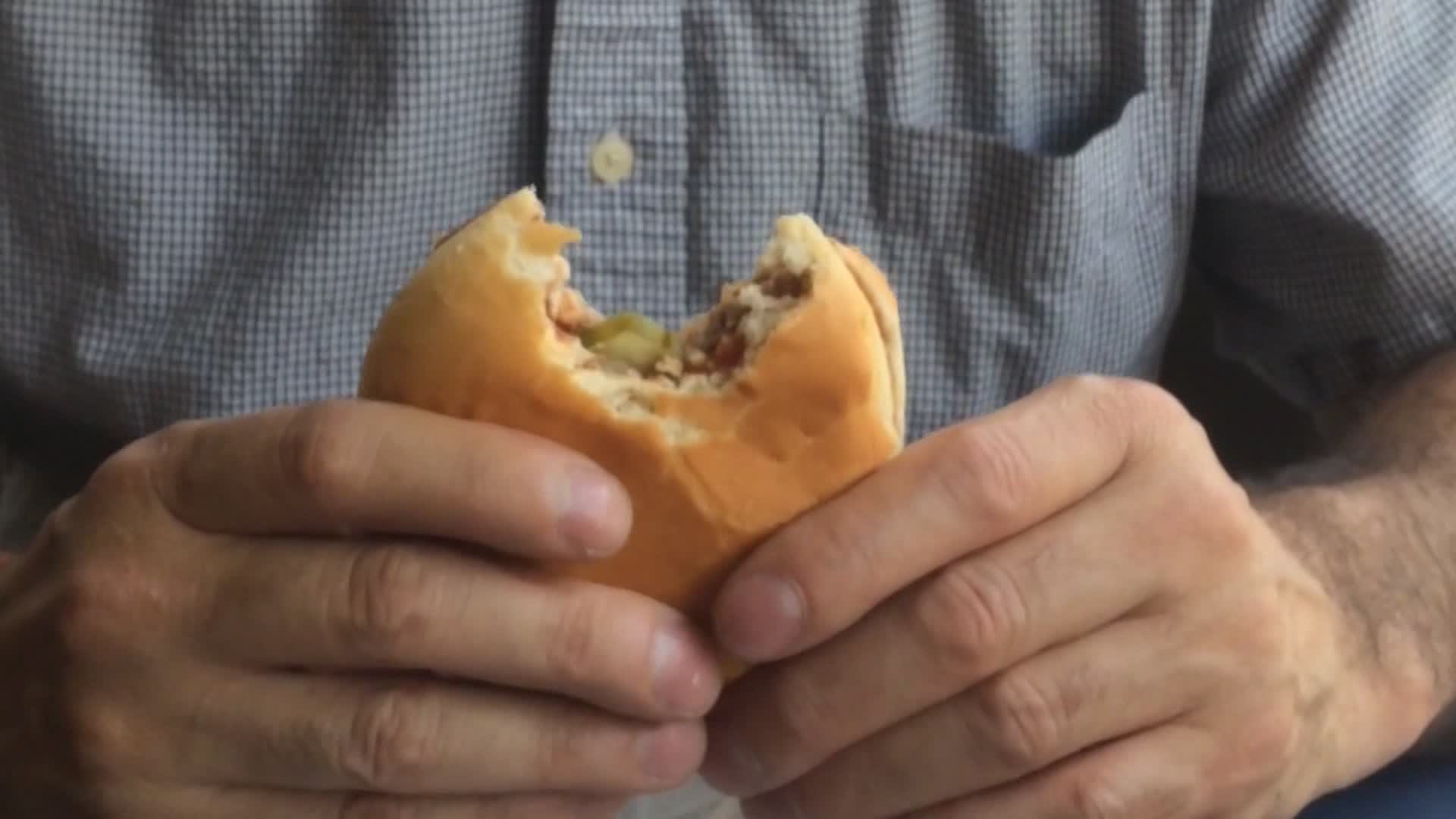Even small amounts of lead in water could raise the amounts of lead detected in a child’s blood if the child is drinking large amounts of that lead-tainted water, according to a pediatrician and medical toxicologist at Children’s Mercy in Kansas City Missouri.
This month, some 300 schools across San Diego County began testing their water for lead, following an NBC7 series on water quality in schools.
The schools are required by the state to fix water problems if they discover lead in water at levels greater than 15 parts per billion.
The amount is similar to 15 drops of ink in a giant, gasoline tanker truck.
A representative of the American Academy of Pediatrics (AAP) says lead in water as low as five parts per billion could potentially raise blood lead levels in young children if a child is drinking most of their daily water intake from the lead-laced water supply.
“It depends on the amount that they would have ingested, so if it’s just five parts per billion and the child just drank a couple times during the school day, I wouldn’t expect them to have an elevated blood lead level,” said Dr. Jennifer Lowry, who serves as the Chair to the AAP’s Council on Environmental Health.
“If you have something that is nine to 15 to 30, which is what one of those schools had, and on a chronic basis, the kid is really thirsty and drinking that throughout the day, then they could have an elevated blood lead level," she said. "I couldn’t tell you what the elevated blood level is going to be, but the more chronic the nature of the exposure, the more likely that the blood lead levels are going to elevate.”
California
News from across California
Dr. Lowry says elevated blood lead levels for kids can cause other health problems like behavioral issues and learning disabilities.
But, she says the damage can be mitigated through good diets, reading and good education.
“I think we do a disservice to our children by thinking they’re not going to reach their full potential because they have lead exposure,” Dr. Lowry said. “There are ways that we can overcome lead poisoning and that’s through good nutrition, good education, good support, reading, and really good environments for these children.”
Her organization is pushing for stricter regulations to protect kids from what they call a critical health crisis.
Last year, County Public Health officials found hundreds of children in San Diego County with elevated levels of lead in their blood, according to our media partner Voice of San Diego.
In the 92102 zip code, which includes Sherman Heights, Grant Hill, Mount Hope and parts of Chollas Creek, the rate of children with high levels of lead in their blood is nearly as high as the rate found in children across the city of Flint, during its recent water crisis.
In Flint, that rate was five percent. In Grant Hill, the rate is 4.09 percent – less than a percentage point of a difference. That’s according to the most recent data available from the California Department of Public Health.
NBC7 is tracking results as they come in from schools and labs and are reported to the State Water Resource Control Board.
So far, about 17 schools throughout the county have reported results ranging between five and 15 parts per billion. Four schools have had lead at levels greater than the 15 parts per billion state limit, requiring the school take action to make the water safe to drink again.



